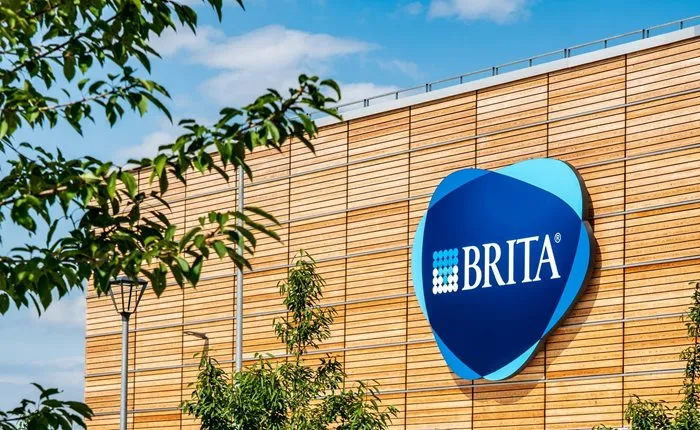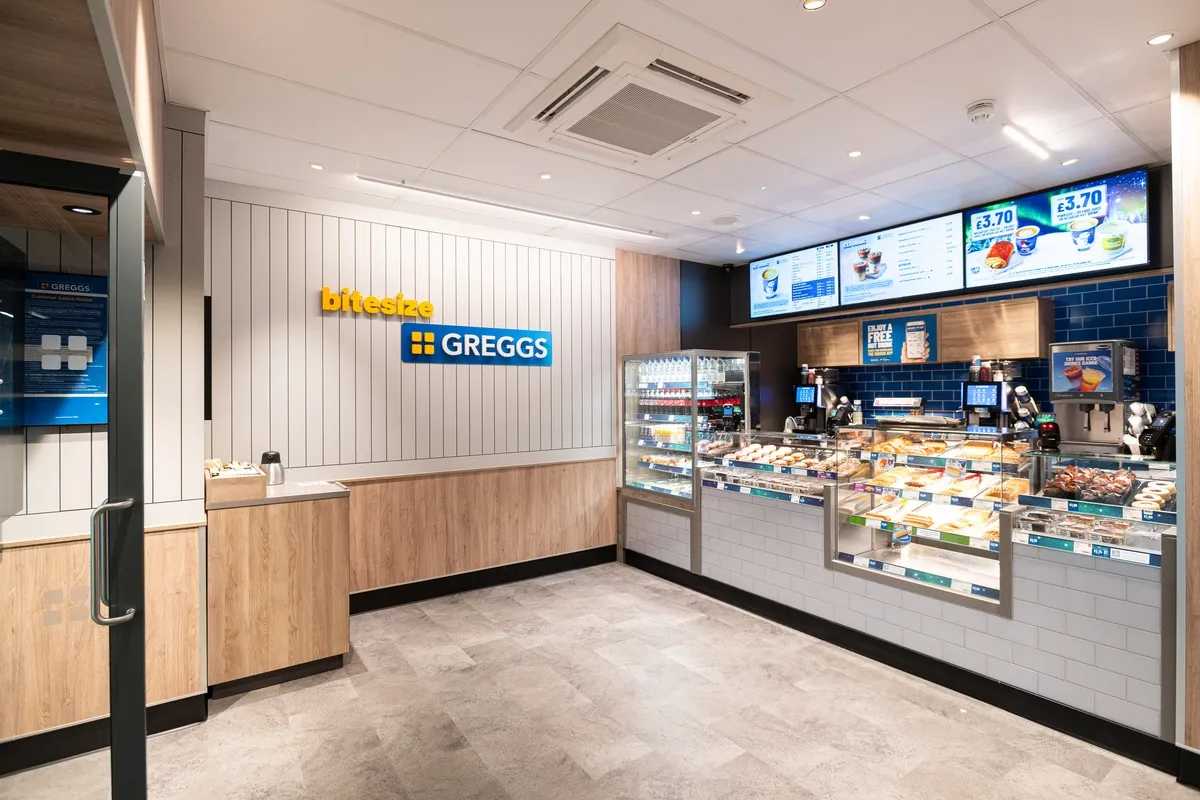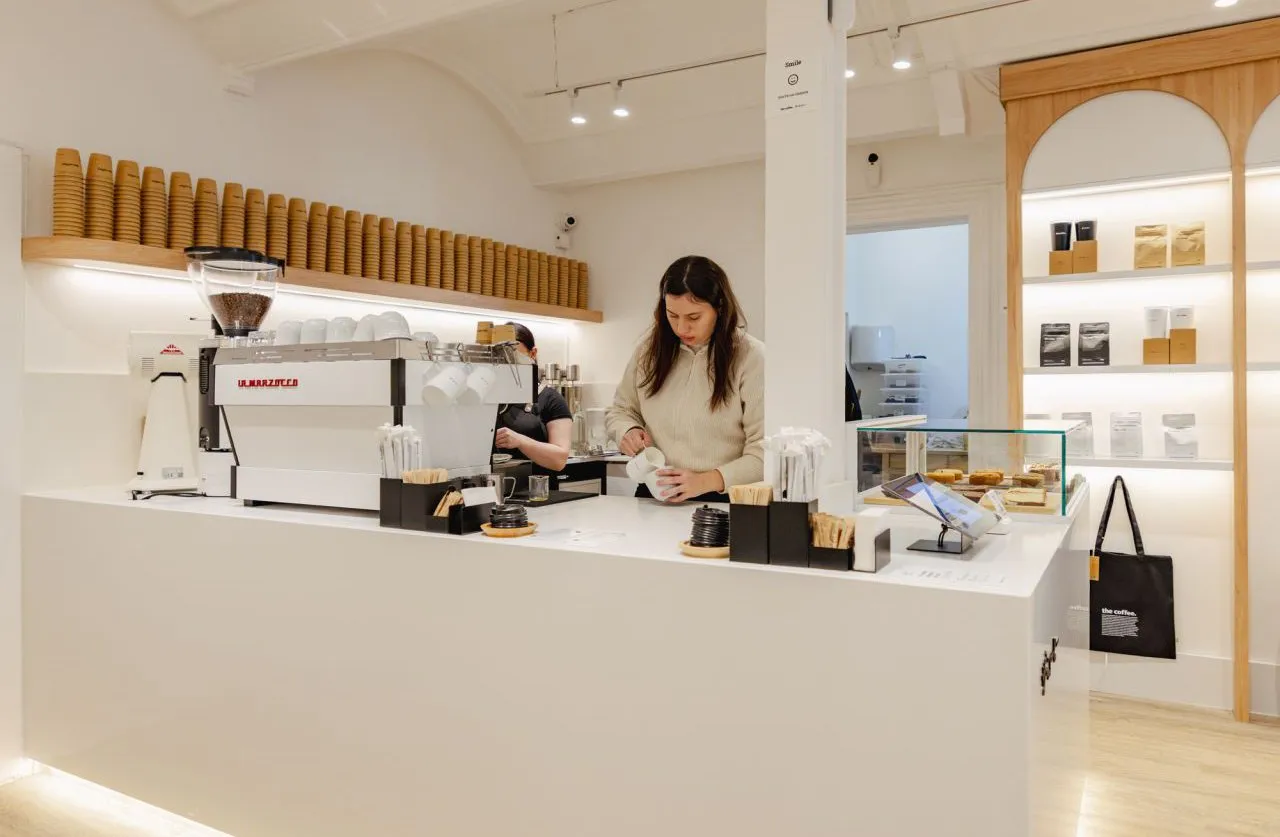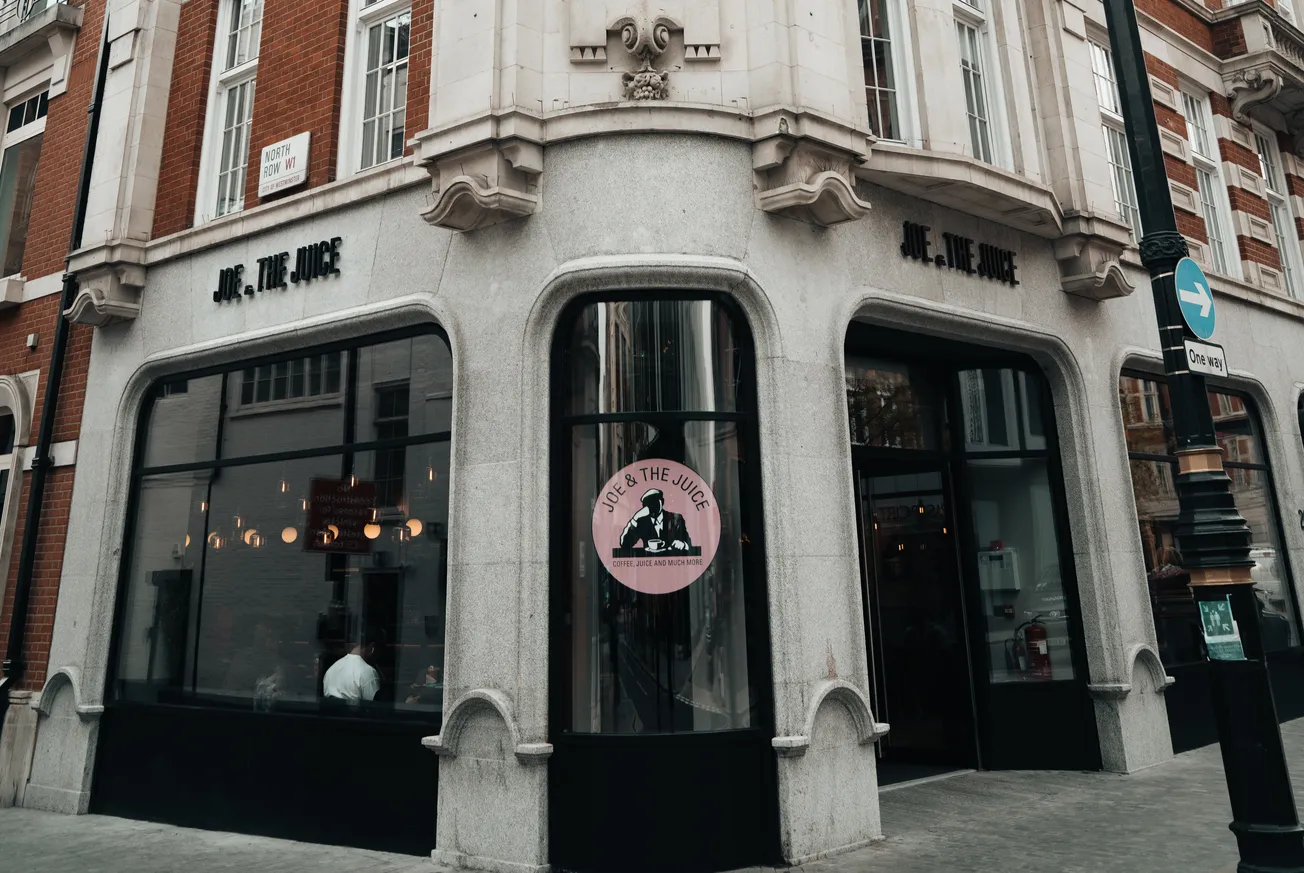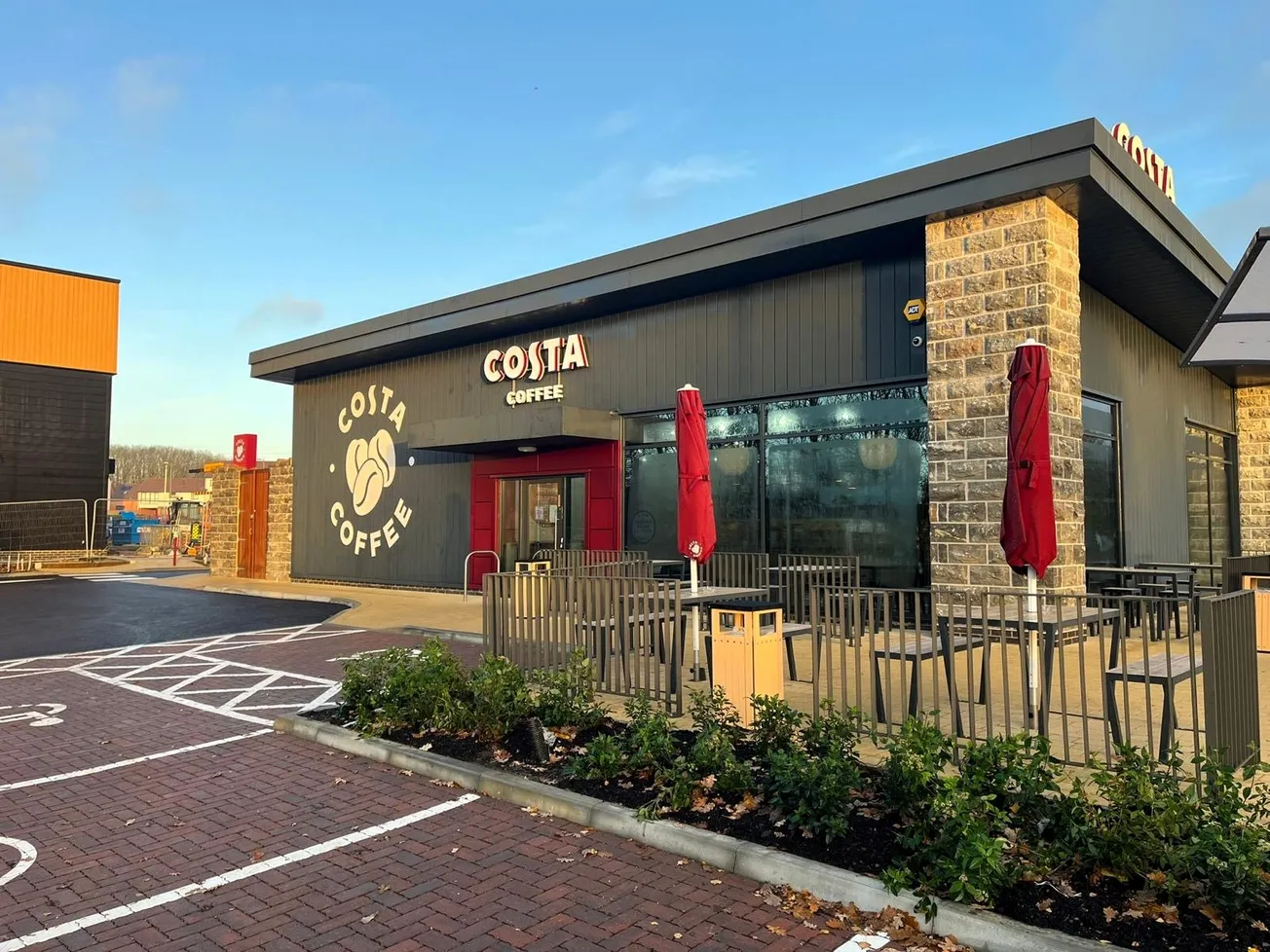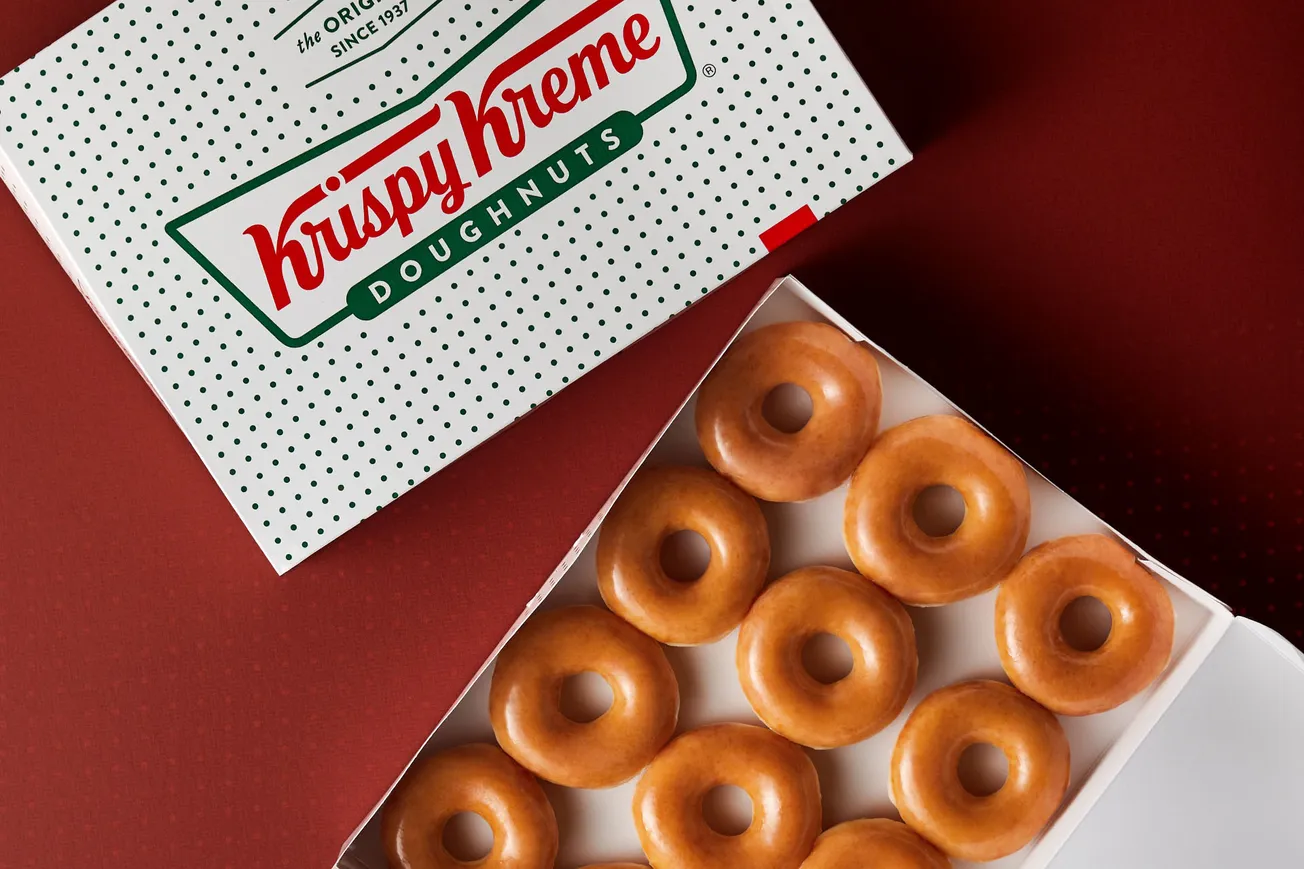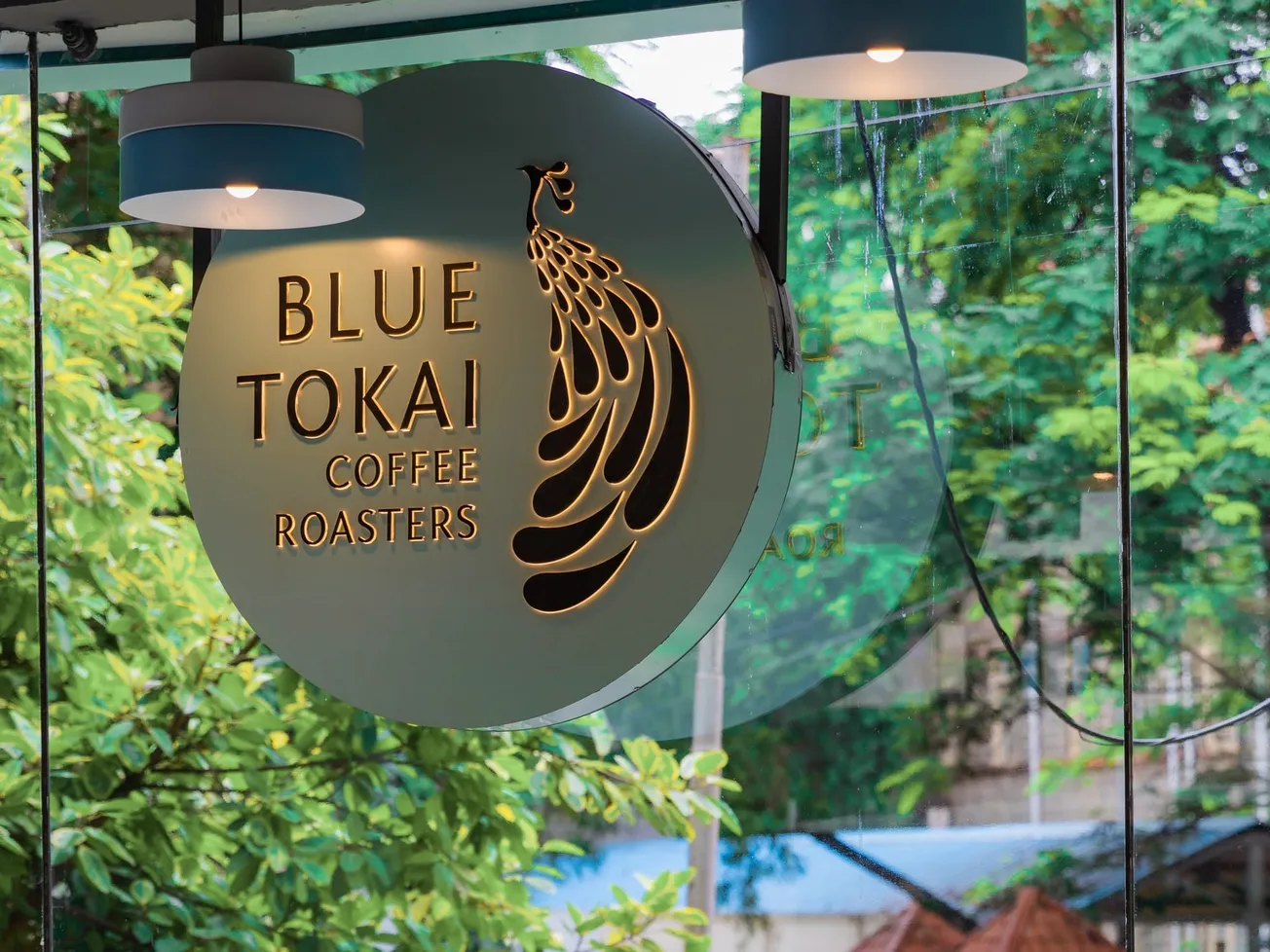Elements in water can influence your coffee’s taste, consistency and appearance. But what happens to used water filter cartridges? Which components can be recycled or repurposed to protect the environment? BRITA explains how its filter recycling programme prevents cartridges ending up in landfill
Water filters play a pivotal role in brewing first-rate coffee. Every cup is, after all, some 98% water. By filtering water, baristas can change its composition, tailor it to customers’ needs, and achieve the properties that make it ideal for brewing coffee.
Eventually, however, even the most durable filter cartridge will become exhausted and will need to be replaced. So, what happens next to the components?
One thing is for certain: They do not have to end up in a landfill.
The filter recycling programme
BRITA established a recycling programme for its cartridges back in 1992 – the first of its kind in the industry. The programme is based on BRITA’s own recycling plant in Taunusstein, Germany. Ultimately, the majority of parts can be recycled, either internally at BRITA or externally by partners.
The goals are to avoid waste and to minimise the cartridges’ environmental impact, by reusing and repurposing components wherever possible – to the benefit of the environment, and us all.
How it works – the first steps of the process
The first step in bringing cartridges back into the material life cycle is, quite simply, to collect them. This is where baristas can help: Instead of disposing of the filters, they can gather them, e.g., in parcels or on pallets, or drop them off in the boxes at BRITA collection points.
The exact process varies from country to country. In the UK alone, for example, there are over 1,900 collection points.
Back in Taunusstein, the second step is to separate the components.


